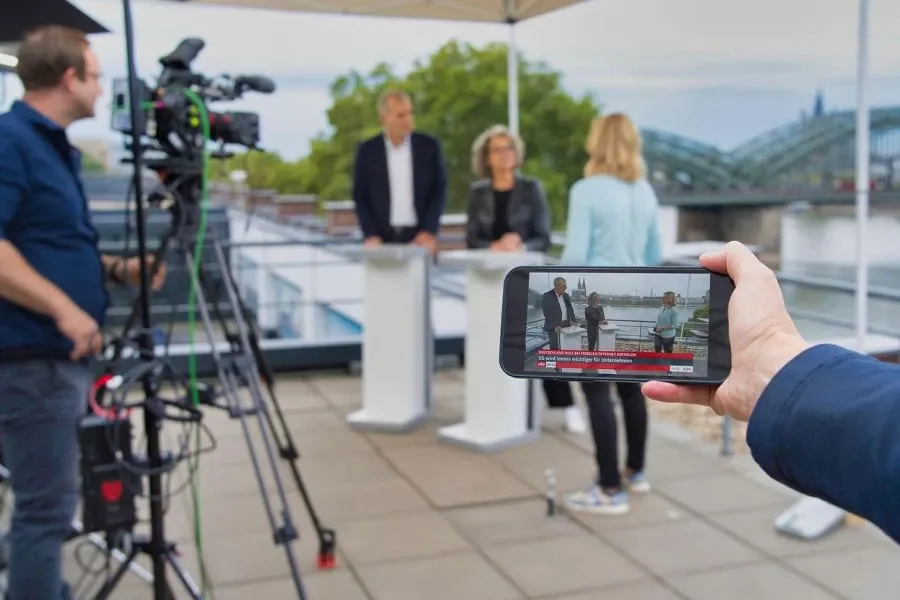Nokia Launches Aurelis Optical LAN
Nokia announced the launch of Aurelis Optical LAN, its next-generation fiber-based LAN solution developed to meet the evolving demands of enterprise connectivity.

For the first time, Deutsche Telekom and RTL Deutschland have broadcasted live TV content via the 5G standalone network of Deutsche Telekom. The technology was used by ntv for a live interview ahead of the Digital X tech trade fair in Cologne.
A virtual network section was used to transmit high-quality moving images stably and smoothly. This ensures the high bandwidths required and even works for busy mobile network cells. The basis for this solution is a technology called network slicing.
"5G network slicing makes its TV debut! Our partnership with RTL Deutschland continues successfully. Together, we are now working on connecting journalists even closer to their audience," said Claudia Nemat, member of the Telekom Board of Management and responsible for technology and innovation.
"5G network slicing is an important tool for this and therefore strengthens our independent journalism. This will allow our journalists to put this technology to work in real broadcasting operations in the future. 5G Standalone and network slicing enable reliable live broadcasts," said Stephan Schmitter, Managing Director RTL NEWS and chief journalistic content officer RTL Deutschland.
Live broadcasts on the move are becoming increasingly important in TV journalism. 5G standalone with network slicing will play a key role in this context. Broadcasting video signals with 5G standalone will increase the efficiency of TV productions. In the future, high-quality videos can be reliably broadcasted in real-time using only smartphones and 5G network slicing.
Many TV stations have been using satellites to go live on air. For this purpose, they use not-so agile and expensive vehicles. Alternatively, a backpack with a transmission unit from the manufacturer LiveU is used. Up to now, this module has bundled up to eight mobile radio cards. It is not possible to define specific properties for connections.
In heavily utilized radio cells, this so-called "best-effort approach" via LTE reaches qualitative limits. RTL now uses only one 5G SIM card in the LiveU backpack for its tests. With the help of network slicing, the broadcast achieves the same performance and quality with ensured upload speed. It enables the broadcasting of live videos in HD quality. During tests, the engineering teams transmitted video signals from four cameras simultaneously in real-time and in a stable way using 5G network slicing.